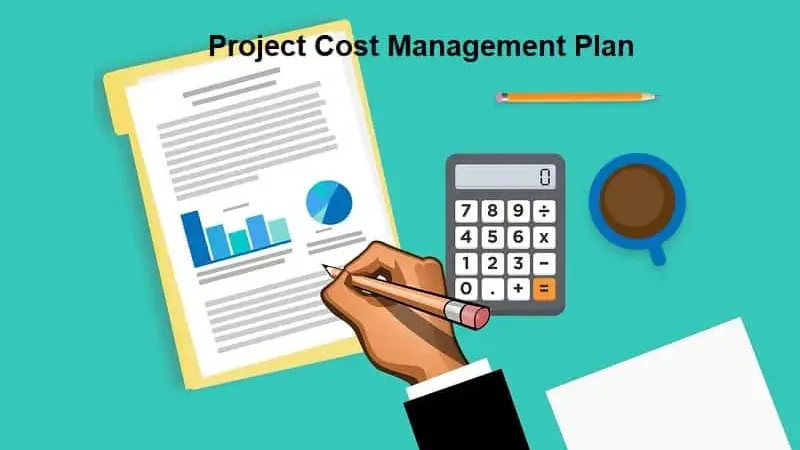Project cost management is a crucial component of launching or starting any new project. Without managing the costs, you run the risk of going over budget and having the project fail before it even gets off the ground. In this article, we discuss what project cost management is and how you can best achieve the results you’re looking for.
What is Project Cost Management?
Project cost management is the process by which you estimate and allocate financial resources to any given project at hand. It’s a process that looks to manage and control costs so that you can fully understand your project’s financial status. Good project cost management will help project managers track and foresee expenses and make adjustments to the project as needed to fulfill its requirements.
Advantages of Cost Management
- Tracks project progress
- Helps managers plan ahead
- Reduces risk of unforeseen costs
- Keeps projects within budget parameters
- Can reduce the costs of a project when managed properly
Challenges of Cost Management
Project cost management has major challenges that it encounters:
- Predicting can be inaccurate and lead to overruns and a decrease in overall project profitability
- A shortage of financial resources can set limitations on labor or materials
- The use of outdated technology can impede managers when overseeing projects. The best project management software aids managers stay top notch on all aspects of the project.
Strategies To Calculate Project Costs
There are several ways to manage the costs of a project. Each company and project will use its own method of accounting.
Tracking Hours
Some projects are managed on an hourly basis or daily basis, meaning that those working on the project report the hours worked on the project. Managers will first predict the estimated hours worked and then confirm them as the project moves forward, hitting milestones.
Flat Rate
The flat-rate method of project management uses a set fee for the overall costs of a project. This is often the case when projects are outsourced to third parties for design and implementation.
How To Create an Effective Cost Management Plan in 4 Easy Steps
The procedure to create an effective cost management plan does not have to be difficult. In fact, it can be created in as little as four easy steps. To start, determine the resources required to accomplish your goal. Then, estimate costs and create a budget. Last but not least, set a plan in place to maintain and control costs on an ongoing basis.
Here’s how to create a cost management plan in four steps:
Step 1. Create a Budget
With the assessed costs, draw up an initial project budget. This is the bedrock for the project cost controls. When creating the budget, you may want to add a stipulated percentage to the estimated costs so that you have squirm room with unexpected expenses and overruns.
Step 2. Control Costs
Project managers need to manage the project’s various components to ensure that the project stays on budget. This may involve using time tracking software. If there are overruns, project managers should look for other areas to save on costs or revamp the budget based on new data and seek approval for a bigger budget.
Step 3. Determine Resources
The initial thing you need to do with any project management plan is to determine which resources you will need to accomplish the goal. This includes personnel, materials and equipment. Make a list of all the resources that you will need.
Step 4. Estimate Costs
Go through the needed resources and determine how much time is required from each resource or the hard costs of materials. Remember that these are projections that will be used as the basis for the budget.
Conclusion
Controlling costs is a crucial task of any project manager. For projects to succeed and become profitable components of the organization, they must be completed within budget and on time. Project managers can use various tools to help them manage the costs of any project.

Leave a Reply